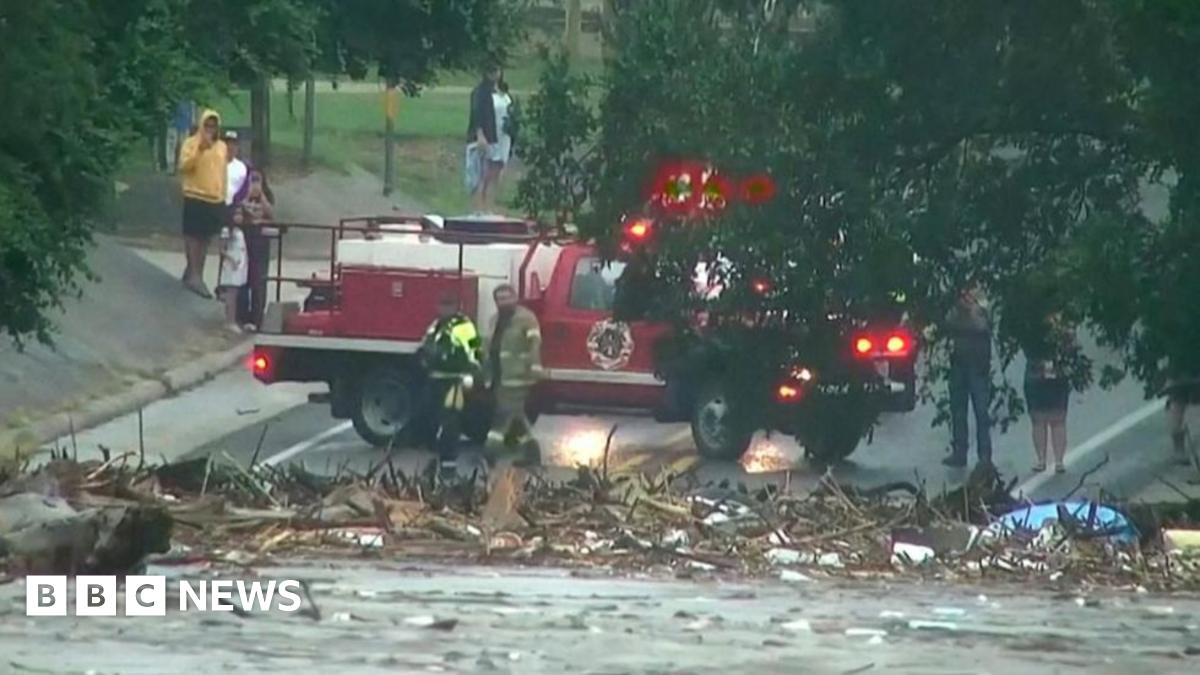Rare Earth Supply Chain Alert: Myanmar Conflict Threatens Global Access

Myanmar Conflict Sparks Concerns Over Global Rare Earth Supply
The world's supply of critical heavy rare earth elements (HREEs) is facing a significant threat due to an ongoing conflict in northern Myanmar. A months-long battle between the Kachin Independence Army (KIA) and a Chinese-backed military junta is disrupting mining operations and raising serious concerns about the stability of this vital supply chain.
The Critical Role of Myanmar
Myanmar has emerged as a crucial, albeit often overlooked, source of HREEs. While China dominates the overall rare earth market, Myanmar holds substantial reserves of HREEs like terbium, dysprosium, and neodymium – elements essential for manufacturing high-tech products including electric vehicles, wind turbines, smartphones, and defense systems. These elements are difficult to mine and process elsewhere, making Myanmar’s supply chain particularly important.
The Conflict and Its Impact
Since December, the KIA has been engaged in intense fighting with the junta forces. This conflict, rooted in long-standing tensions, has severely impacted mining operations in the region. The KIA controls key mining areas, and disruptions to their control directly translate to disruptions in the extraction and export of HREEs.
China's Involvement and Strategic Implications
The involvement of Chinese-backed forces adds another layer of complexity to the situation. China's strategic interests in the region are intertwined with securing access to these valuable resources. A victory for the junta, supported by China, could ensure continued access, while a KIA victory could lead to uncertainty and potential disruptions.
Global Supply Chain Vulnerabilities
The potential disruption to Myanmar's HREE supply highlights the inherent vulnerabilities in the global supply chain. The concentration of HREE production in a few key regions creates a single point of failure, leaving industries reliant on these materials susceptible to geopolitical instability and conflict. Governments and companies are increasingly aware of the need to diversify sourcing and develop alternative supply chains.
What's Next?
The outcome of the conflict remains uncertain. However, the situation underscores the urgent need for businesses and governments to proactively assess and mitigate the risks associated with relying on a single source for critical minerals. Investment in alternative mining projects, research into material substitution, and strategic stockpiling are all potential strategies to enhance supply chain resilience. The global community is watching closely as this situation unfolds, with potential ramifications for a wide range of industries and technological advancements.
Key Concerns:
- Price Volatility: Supply disruptions could lead to significant price increases for HREEs.
- Production Delays: Industries reliant on HREEs may face production delays and shortages.
- Geopolitical Tensions: The conflict highlights the intersection of resource security and geopolitical strategy.






